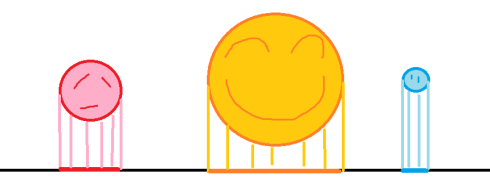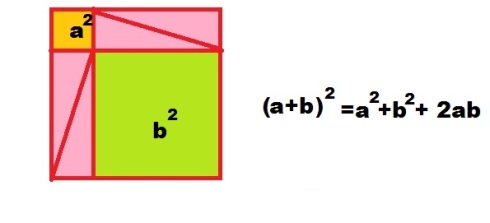Back in 2012, a professor named Andrew Hacker at Queens College in New York wrote an incendiary (to the math community) op-ed called “Is Algebra Necessary?” I didn’t have a blog back then, but I did have a blog when a snarky and hilarious tweet appeared, and I posted about it/variables and algebra. Tweet here:
This week, the NYT ran a short interview with Prof. Hacker, seemingly like a mild promo for his next book, “The Math Myth and Other STEM Delusions.” A snarky and probably unfair summary of his previous books’ titles on sale at Amazon: Blacks and Whites are separate and unequal in the US, Colleges suck, Politics from 1973, Women and Men are separate and unequal in the US, Rich and poor are separate and unequal in the US, Something maybe about gerrymandering? My point is, this is an 86 year old man who likes to spin statistics about things people talk about the way Malcolm Gladwell likes to spin anecdata and make people talk about things, and he is also anti-math and pro-arithmetic.
Then I saw a video on facebook with over 4 million views of a woman explaining some “common core math” (see: old post on the wonderful thing that is common core standards) and how stupid she finds it. But she surprisingly explains the steps carefully and it makes a lot of sense to me (though she skips why we add one of the 5s). I actually love it: the kids can learn the concepts of why the answer is 30 rather than just a pure subtraction digit by digit shortcut algorithm that they can learn later. Here’s the link; embedding isn’t working.
Throughout my time tutoring, teaching, and talking math, many, many students and adults have asked me “why do I need to know this?” and “how will this help me in the future?” and the conversations always seem to be two separate conversations. “Math people” as we are sneeringly called by Hacker talk about something abstract [this is a link to an old but good blog post]: quantitative reasoning and logic skills, the ability to extract relevant information from paragraphs of data, visualization techniques, the ability to not be overwhelmed and taken in by misleading statistics and graphs.

Infamous unlabeled axes and generally “ethically wrong” graph from the Planned Parenthood hearing, from Americans United for Life website [quote from Politifact article]
I read an article this morning about the privatization of advanced math education and how rock and roll it is, but also extremely concerning in light of rising inequality. Great article. It gives me hope, especially this organization bringing advanced math to underserved communities. I think that the ideal thing would be to have publicly funded school-year programs like UMTYMP available in as many places as possible, vs. having kids pay to attend summer camps like CTY, which offers some financial aid and also a gem of a paragraph on the financial aid FAQ site:
Families are also encouraged to seek funds from local agencies such as school districts, community service organizations, business associations, civic organizations and religious groups.
Note here that while I have TA’d at CTY summer camps before and had a blast, I never did them as a kid or even know about them. I spent my summers playing as a middle school kid, and working or taking summer school as a high school kid. (My high school summers: Health and Driver’s Ed classes, Boeing internship, working at Yoshinoya, working as a private tutor). I really enjoyed them, but I think I also would’ve benefited from trying any of the various math/academic camps out there that neither I nor my parents knew about. Then again, a bunch of my friends got sent to hagwon cram schools to memorize things and get great SAT scores during the summer, which sounds awful to me, so I counted myself as very privileged to be working a minimum or zero wage job instead.
I know the Common Core standards are young, but they’re also giving me hope that math is on the right track, and haters are gonna hate but kids are gonna learn and be able to do all those abstract things I said above. I don’t have a lot to add to the conversation; this post was more to bring the Atlantic and NYTimes articles to your attention.



 Purple points are all distance three or less from red point
Purple points are all distance three or less from red point
























